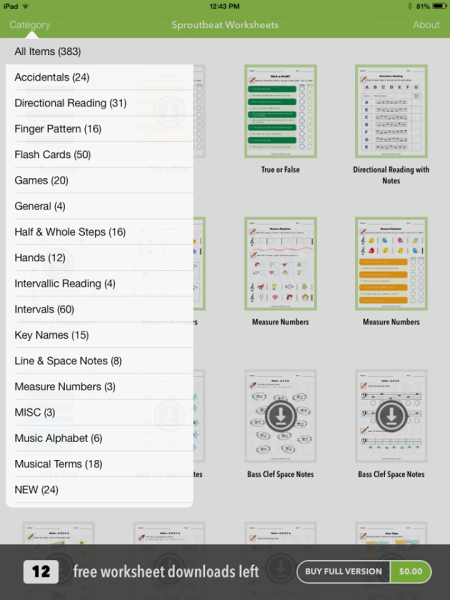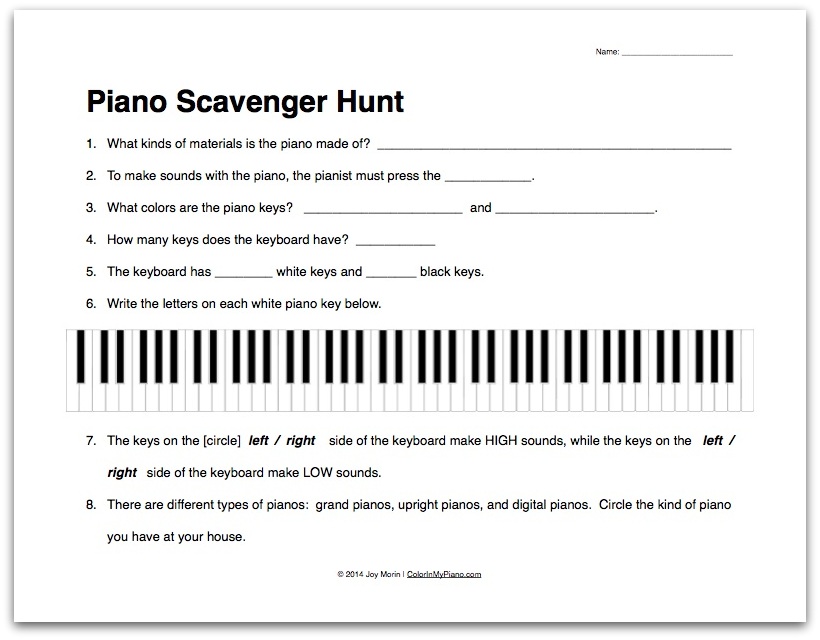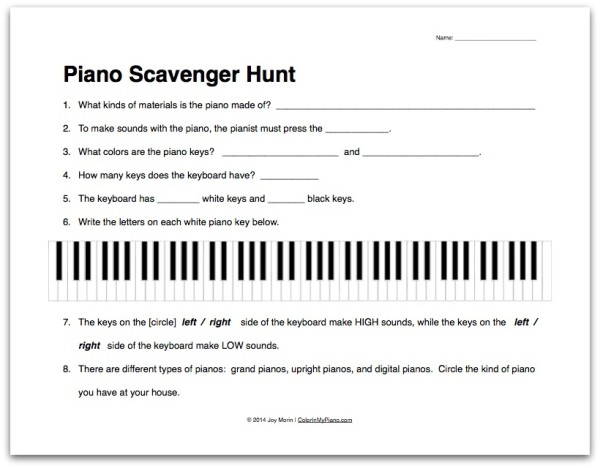I love Christmastime for many reasons.
As a piano teacher, I love that it gives students the opportunity to play a variety of familiar tunes. Playing tunes that are already in their ears really helps build their music reading skills.
I keep a lending library of Christmas books and loan them out to students each year. I give students a book that is at or slightly below their current playing level so that they can quickly and easily learn a few selections from their book.
This year, I added a new tradition: When students complete a piece, they get to sign their autograph and write “2014” in the Christmas book. It will be fun for students to see the names of students who learned the pieces in previous years.
Last year, we started a different tradition: a studio-wide project to build a paper chain to decorate the studio. The idea is that when a student learns a Christmas piece, they get to add a paper strip to the chain. It is a fun collaborative, inclusive project that allows the entire studio to participate.

[Credit: I gained both of these ideas from a Facebook forum for piano teachers.]
This year, I created this simple PDF sign to explain the project.
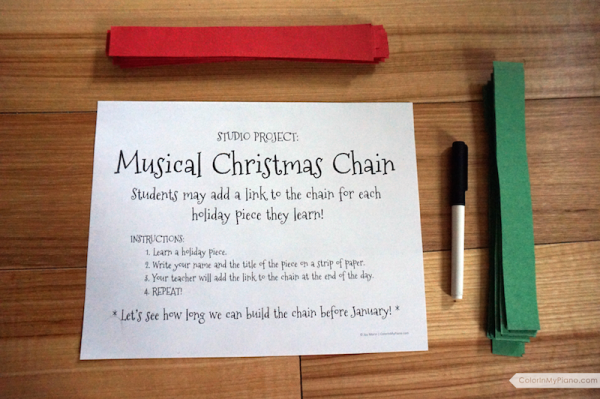
Feel free to download this PDF on the Printables > Other Resources page (near the M’s as “Musical Christmas Chain project.”), or here:
 Musical Christmas Chain Project (155.5 KiB, 4,953 hits)
Musical Christmas Chain Project (155.5 KiB, 4,953 hits)
Learning all those Christmas pieces during December will be useful for the January Piano Party, when students will each perform a holiday piece. As students perform for each other, we will play “Name That Tune.” Students keep track of their guesses on this worksheet and mark the stars for each correct answer at the end.
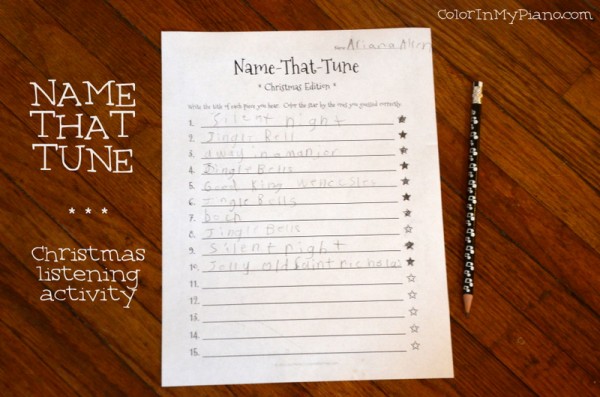
Click here to read more about the January Piano Party from 2013.
You can download the Name-That-Tune worksheet by visiting the Printables > Games page and scrolling down to “Name-That-Tune – Christmas Edition”, or here:
 Name-That-Tune - Christmas Edition (45.6 KiB, 6,536 hits)
Name-That-Tune - Christmas Edition (45.6 KiB, 6,536 hits)
I hope you and your students are enjoying the holiday season!
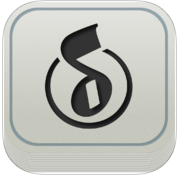 MusicNotes Deck: Music Flash Cards (FREE) — for iPad or iPhone.
MusicNotes Deck: Music Flash Cards (FREE) — for iPad or iPhone.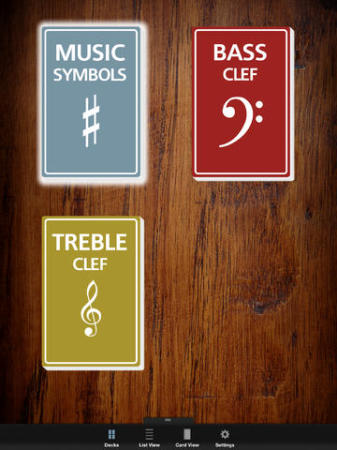
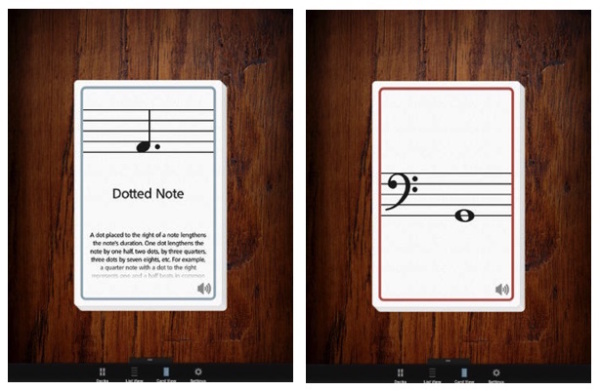



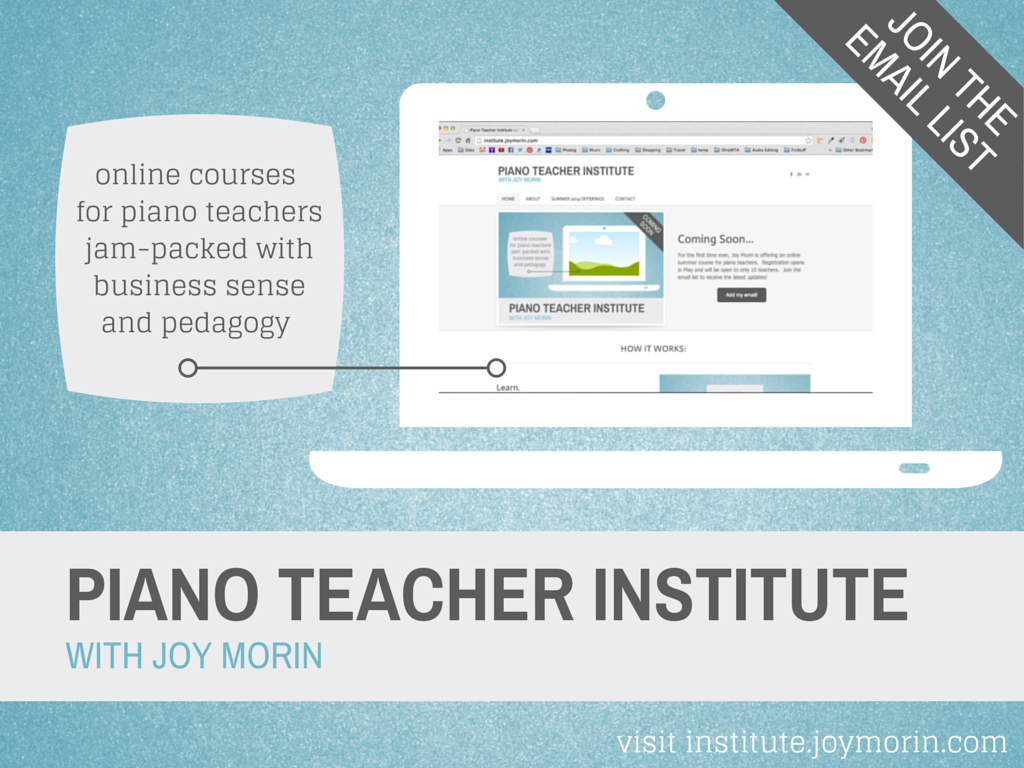
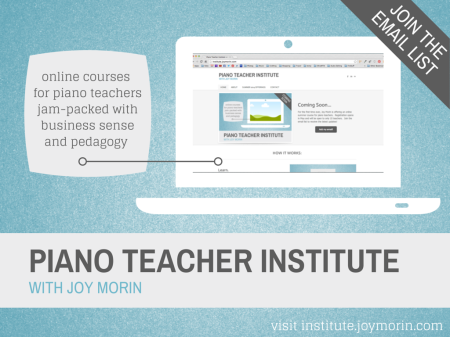
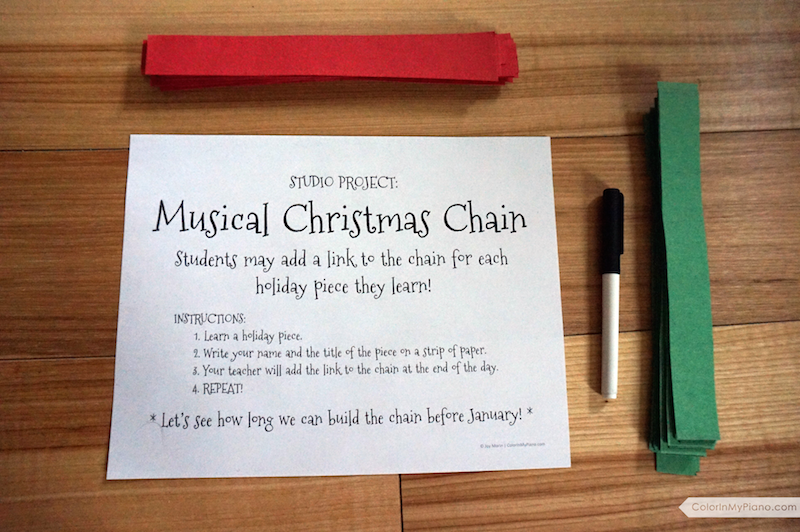




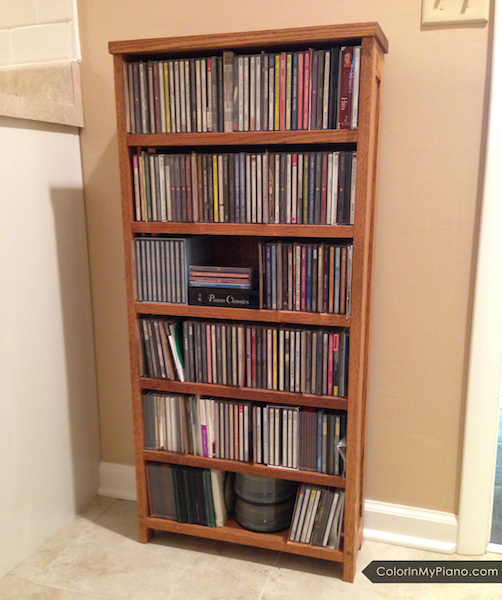

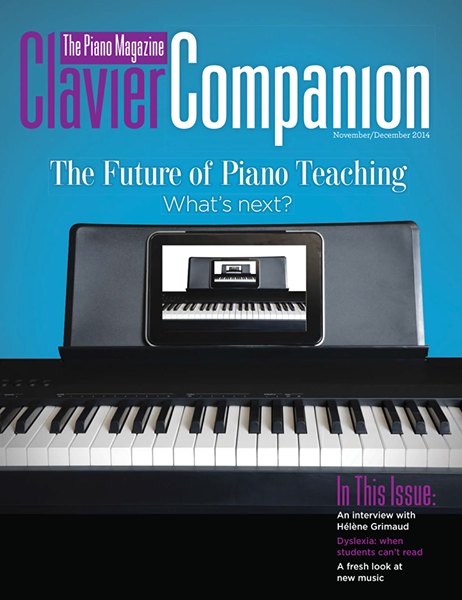
 Have you seen the latest issue of
Have you seen the latest issue of 
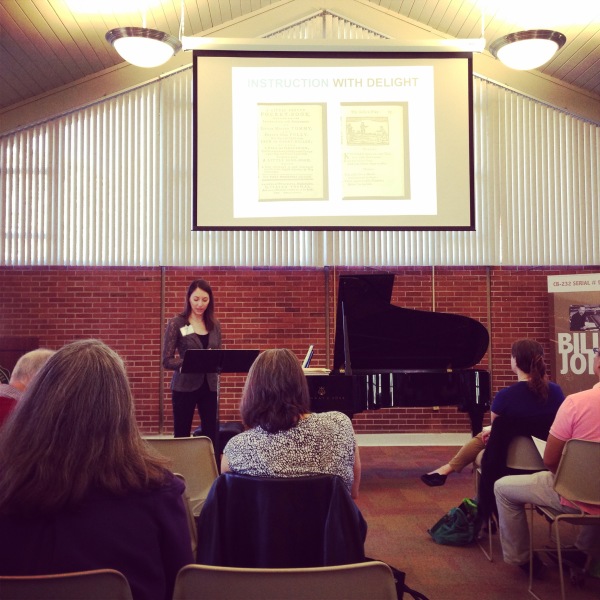
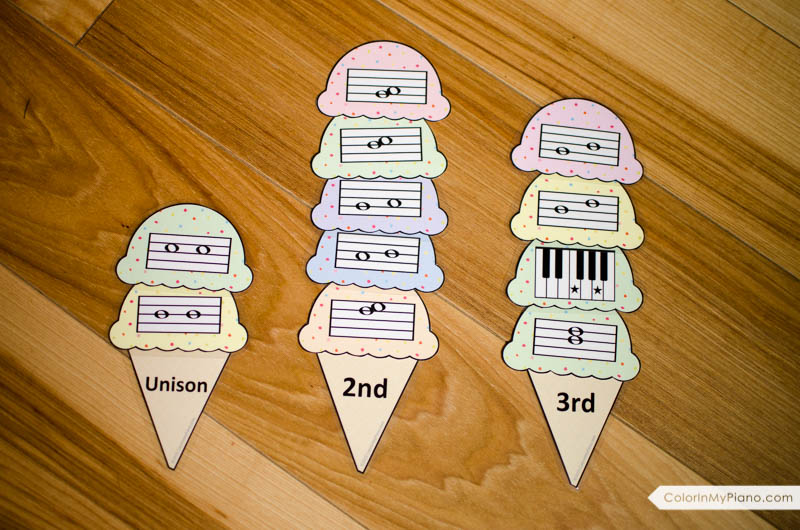
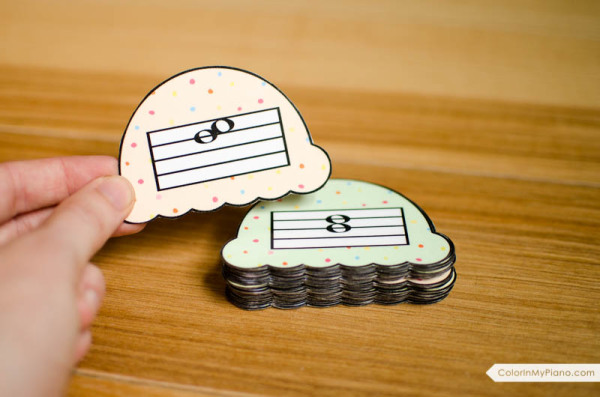
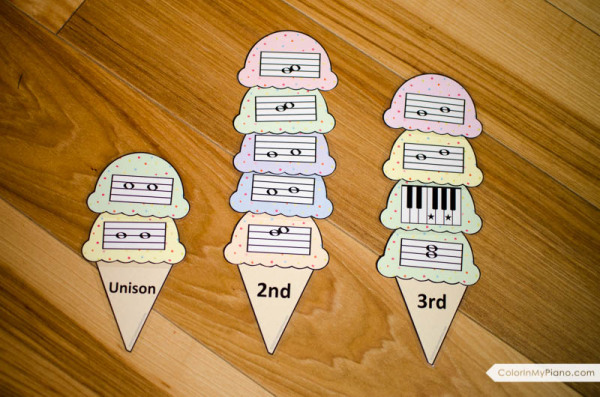
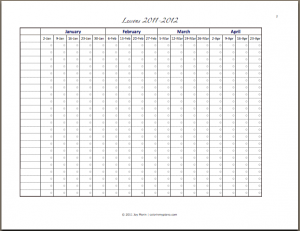
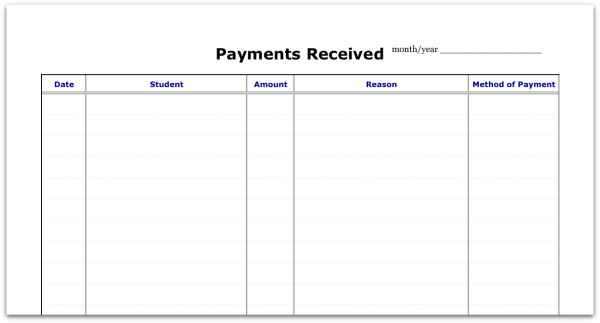

 A fantastic new iPad app was recently released. I am so pumped about this one!
A fantastic new iPad app was recently released. I am so pumped about this one!